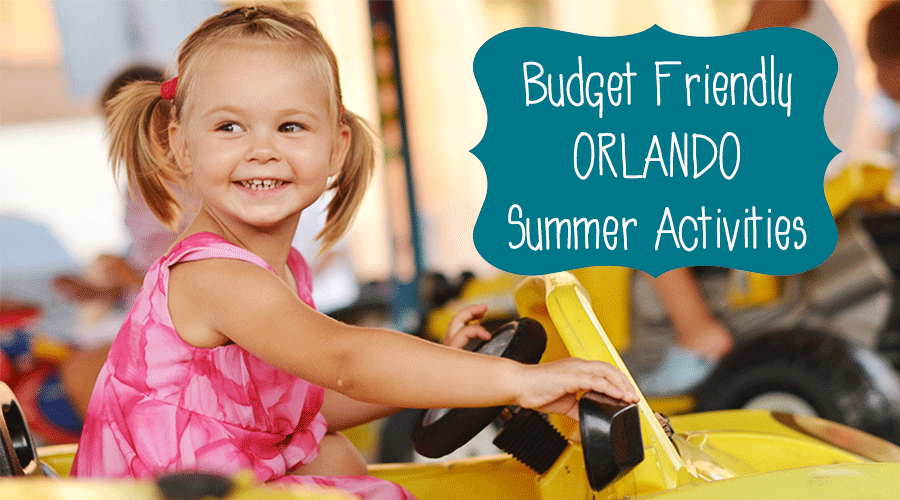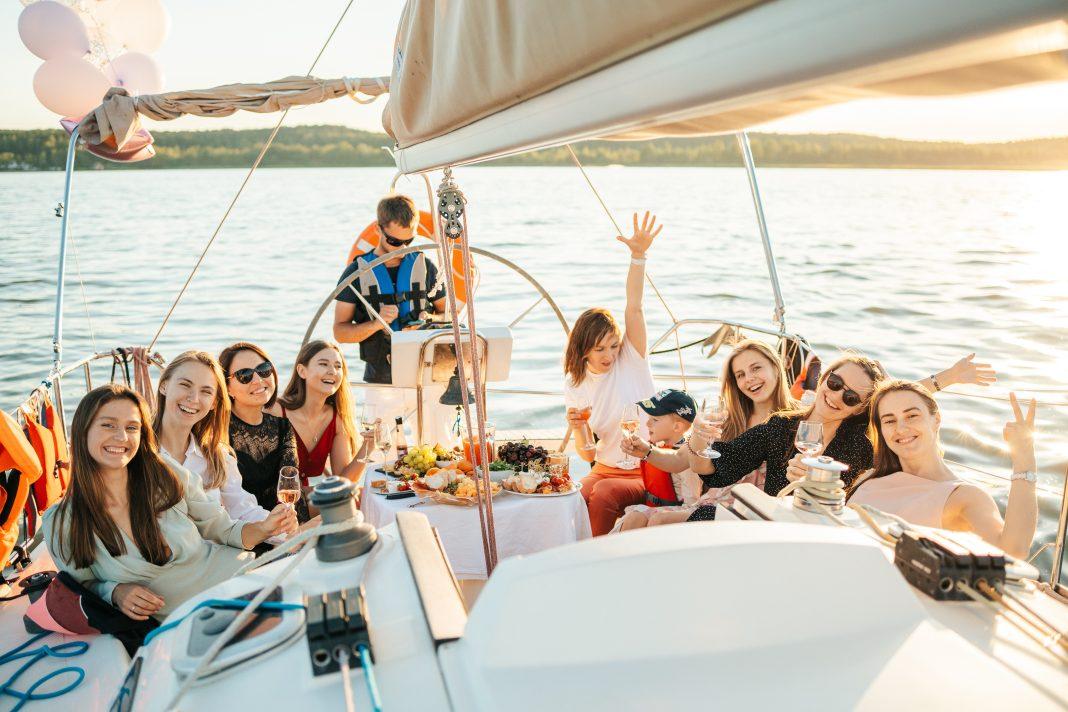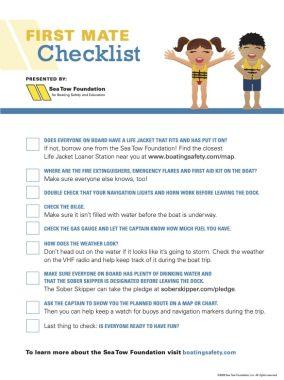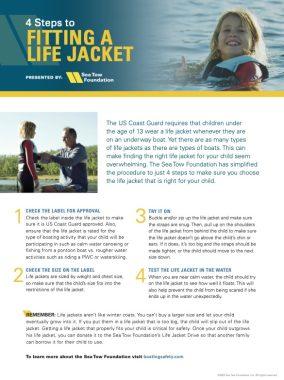Dads tend to have this reputation of being lenient when it comes to safety. Think about it… who was more likely to make you wear a helmet when riding your bike? Chances are, it was your mom.
But safety is something we should all take seriously, especially when it comes to the water. Father’s Day is right around the corner, a holiday which many families choose to spend out on the water. The good news is that dads can make boating safety fun this summer, and include their kids in the process! The Sea Tow Foundation, a leading boating safety non-profit, created this First Mate Checklist and boating safety tips for all ages (both included below) so parents make boating safety a fun, engaging activity for their kids.
Toddler Tips
- Life Jackets are a must. At no time should a toddler be out of their life jacket. Toddlers can move fast and are often unsteady on their feet, so making sure that they’re wearing a Coast Guard approved life jacket that fits correctly and has a crotch strap to keep it on is important if they should end up in the water unexpectedly so that they can be easily brought back on board. You can always borrow life jackets for free from the Sea Tow Foundation’s nationwide Life Jacket Loaner Program.
- Keep the trip short. Attention spans for toddlers is very minimal and good moods are also in short supply. When kids are at this age, it is a good idea to plan a short excursion that is no longer than an hour at the beginning of the boating season with the goal of working up to a couple of hours on the water at the end. Being able to get to the boat ramp quickly when the “Terrible Twos” are on full display will be a welcome relief.
- Snack Decisions. A toddler can help with making the decisions of what to pack for snacks and they can even help prepare the snacks and pass them out to everyone on the boat. A plastic organizer box with divided spaces and a lid is a great boating snack container. Each divided space can hold a different snack whether that is crackers, cookies, grapes, or cheese cubes. And, these can easily fit into a cooler and then get passed out by the toddler at snack time.
Ages 4-7
- Life Jackets are still important. While it may be possible to take the life jackets off briefly to change clothes or something, it is still important that kids these ages wear them while the boat is underway. Even a strong swimmer can get knocked into the water and surprised by the cold and find themselves unable to swim. However, kids these ages can help pick out their life jacket and get a favorite color or even find a life jacket with a character imprinted on it to make wearing the life jacket even more fun.
- Help with counting. It is important that there are enough life jackets on board for each person and that they fit properly, so kids this age can help my counting the number of people and the number of life jackets and making sure that everyone has one that fits. A throwable ring or floating cushion should also be found and counted, too.
- Fishing fun. This can be a great age to introduce your child to fishing and a make it fun. Start out by going for fish that are easier to catch and you can make it fun by helping them choose the best worm or spinner and taking a photo when they catch the big one. Practicing catch and release is important, but you should be the one releasing the fish to avoid any issues with the hook at this age.
Ages 8-12
- Pre-departure checklist. This is the perfect age to be able to start helping with getting the boat ready to leave the dock. The Sea Tow Foundation’s First Mate Checklist can be printed and on hand for each boating trip. The list includes making sure everyone has a life jacket and this includes them since the Coast Guard requires that all children under 13 years of age wear a life jacket. The checklist also includes finding the fire extinguisher, first aid kit and flares as well as checking the gas gauge, the weather forecast, and the charts for the route that you’ll be taking. Download your free copy today!
- Pictures of the trip. A tween can be put in charge of taking photos of everyone on the boat as well as all of the great scenery that can be seen from the boat. And, this includes the wildlife along the banks of the river or the dolphins swimming alongside the boat out in the ocean.
- Participate in watersports activities. Going tubing or wake boarding is an excellent way to enjoy time out on the water and kids in this age range are up for a fun adventure. You could even look into taking out kayaks or stand-up paddleboards so that each member of the family has the ability to go at their own speed and be up close and personal with the water.
Ages 13-17
- Music playlist. A teenager would love to be put in charge of creating a playlist of music for the day on the water and making sure that there is something on the list for everyone on board. Serving as the DJ can be a lot of fun and keep the teens on their toes so that even Grandpa can find a song that he likes.
- Time to drive the boat. Most states allow teens to operate a boat after taking a boating safety class, so this is a great age to be able to hand over the helm and sit back and relax while they take you on a cruise around the lake. A great online class that is interactive is available from our friends at iLearntoBoat.com and it is approved in a number of states with more being added every day.
- Set the schedule and send the invites. A teenager can be in charge of deciding when the family will head out and whether friends can come along. They can also decide when everyone will be finished with the day on the water. This includes keeping an eye on the compass bearing and the clock and knowing when they should turn around and head back before it gets dark or they’ve run out of gas. All of these are super important lessons for when they eventually get permission to take the boat out without you.
Sea Tow Foundation’s Life Jacket Loaner Program
Since 2008, the Sea Tow Foundation has distributed over 90,000 life jackets to local businesses and organizations across the country. They have over 1,000 life jacket loaner stations currently in operation (making this program the largest of its kind!), and they are placed in locations where boaters will have easy access to the life jackets, such as boat ramps, marinas, and parks. Boaters may borrow the life jackets at no cost and are asked to return them when they are finished so that they are available for others to use. Each Life Jacket Loaner Stand has life jackets of all sizes, for kids and adults.
Here is an interactive map of the Life Jacket Loaner Stations, so you can find one closest to you.


















